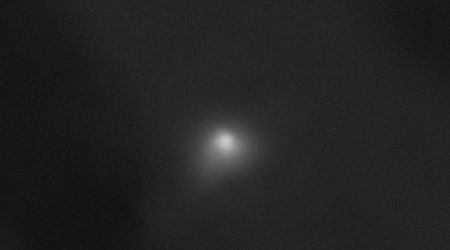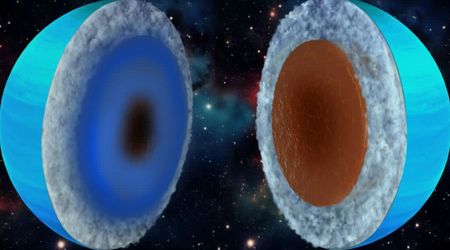Powerful solar flare erupts from the Sun, triggers radio blackout over South America
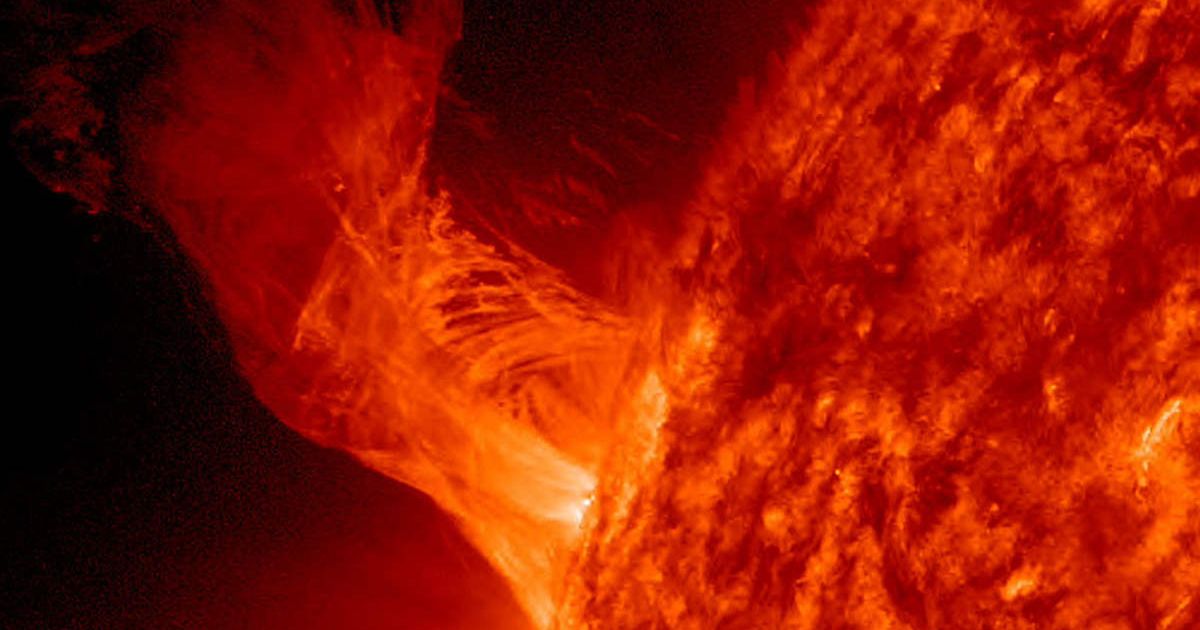
A powerful X1.8-class solar flare erupted from Sunspot AR3474 on November 4 (12:34 p.m. EST), unleashing a surge of extreme ultraviolet radiation that triggered a shortwave radio blackout across South America. Initial observations indicate that a Coronal Mass Ejection (CME) is also projected to be escaping the site of the powerful explosion, according to Space Weather.
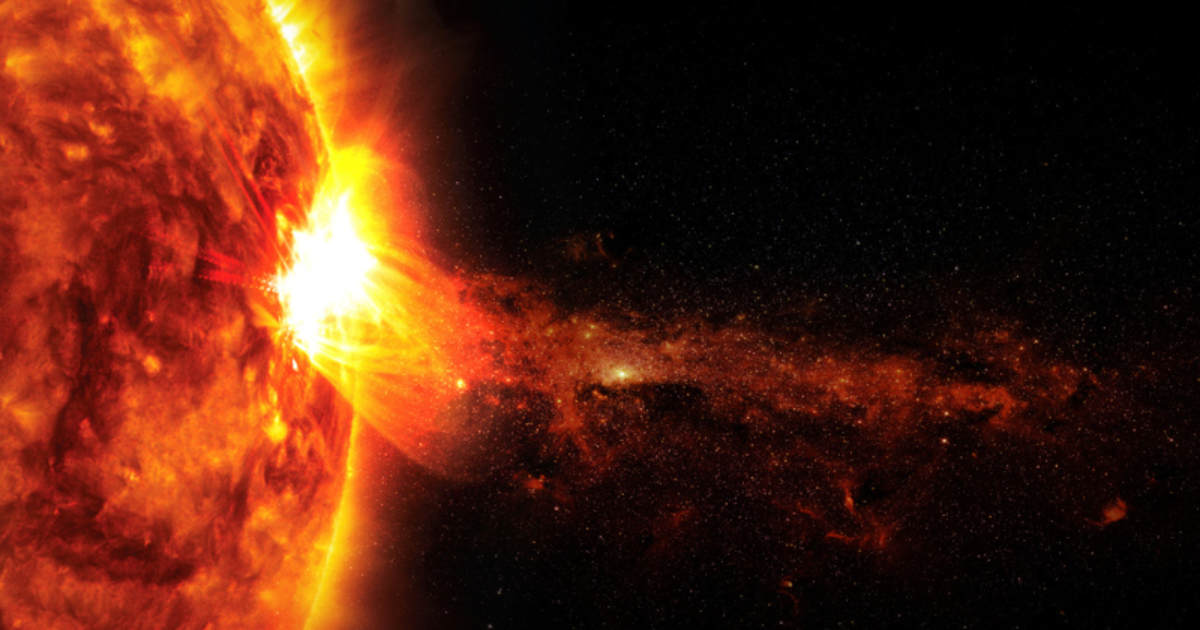
The event occurs exactly 22 years after one of the most significant solar outbursts recorded in the Space Age. On November 4, 2003, a massive flare originated from a sunspot, though it was oriented away from Earth. The sheer intensity of that 2003 event overwhelmed X-ray sensors on GOES satellites for 11 full minutes, initially registering a clipped value of X17.4. This unprecedented energy release caused widespread communication disruptions, rendering shortwave radios silent across North America.
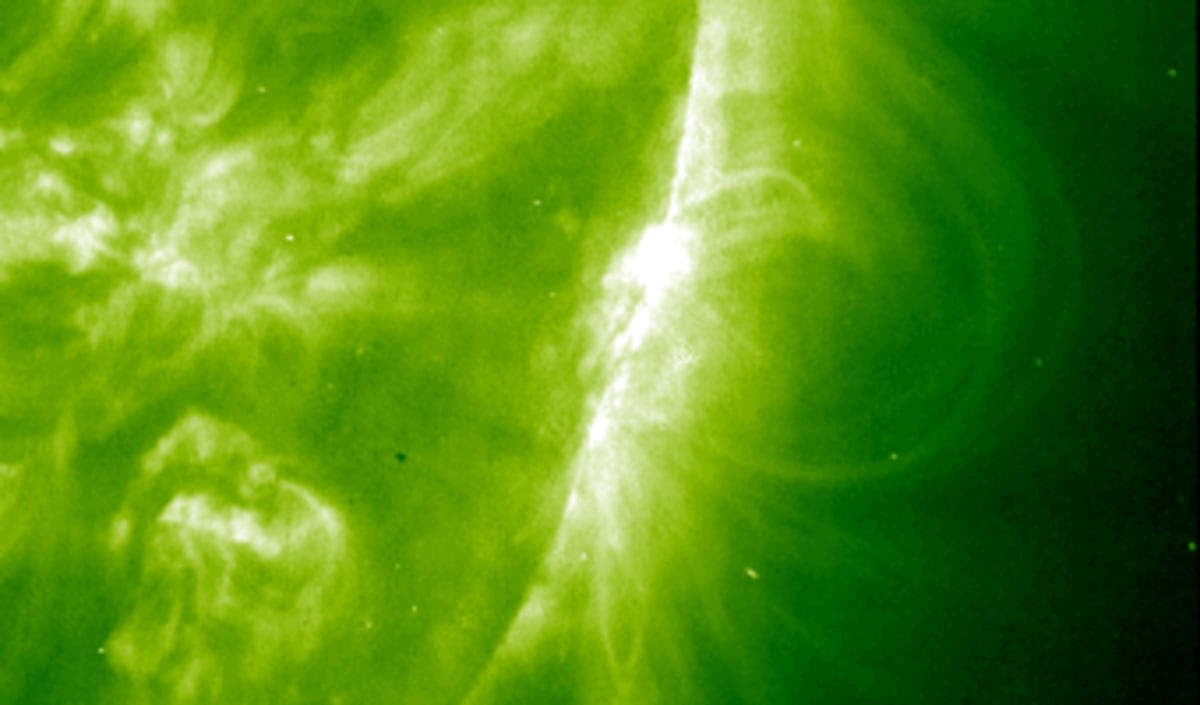
Subsequent scientific analysis, utilising the Earth's ionosphere as a detection tool, revised the flare's true intensity to a significantly higher grade. Estimates, now widely confirmed, place that 2003 event at an estimated X45 class, putting it in the realm of the legendary 1859 Carrington Event. Space weather experts note a striking coincidence: the 2003 eruption happened during the declining phase of Solar Cycle 23. Current observations place the Sun near a similar point in the declining phase of Solar Cycle 25. Forecasters widely acknowledge that these downslopes frequently correlate with an increased likelihood of major solar explosions.

To grasp the power behind events like the recent X1.8 flare and the 2003 X45, scientists classify solar flares based on their peak energy output. According to NASA, this system functions much like the Richter scale for earthquakes: each ascending classification represents a tenfold increase in energy output. Flares are grouped into categories, ranging from the weakest to the most formidable: A-class, the mildest flares, are often barely detectable above the Sun's normal background radiation. Then come B-class, C-class, and M-class. Finally, X-class, representing the strongest flares.
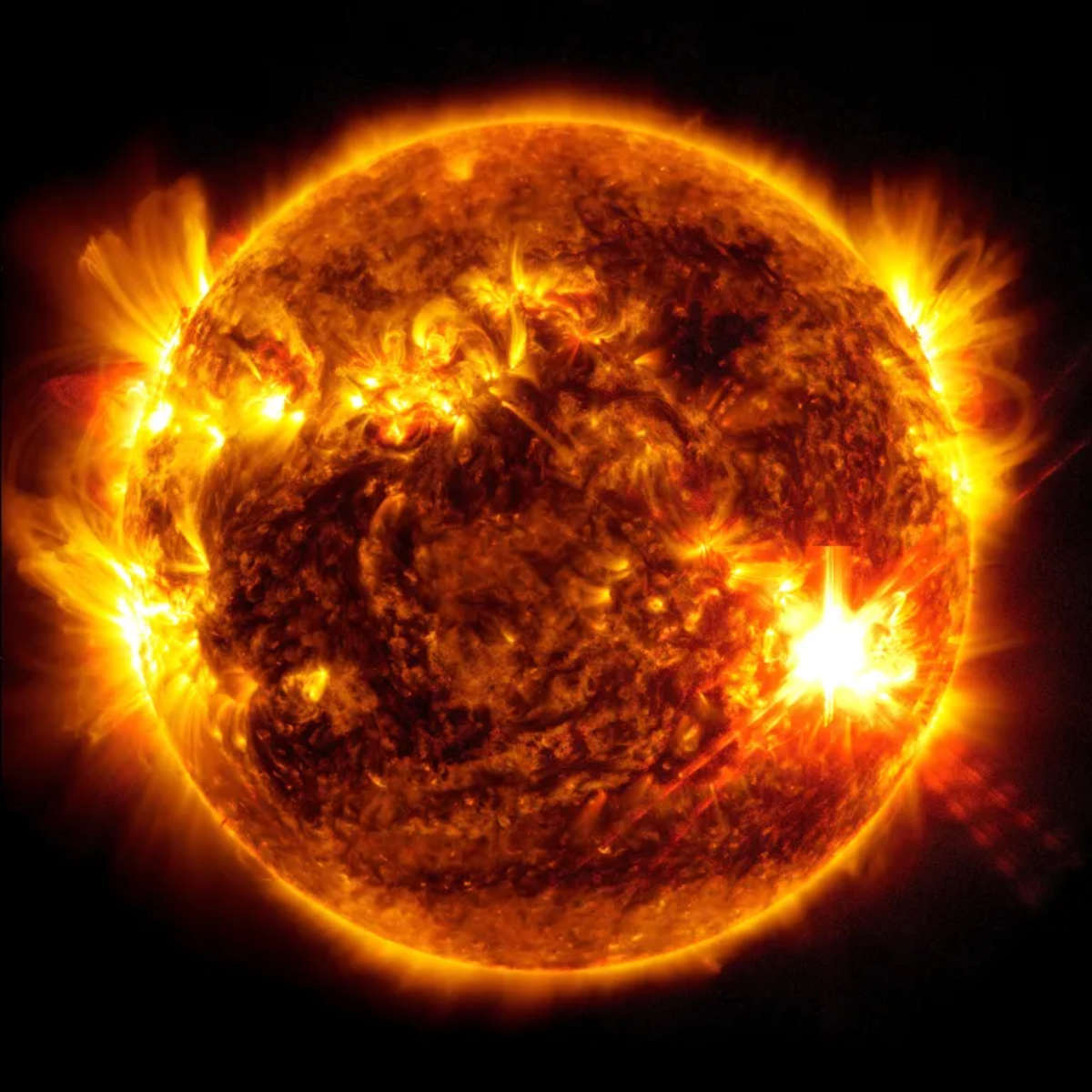
This logarithmic scale means an X-flare is 10 times stronger than an M-flare and a staggering 100 times stronger than a C-flare. The two major events discussed, the recent X1.8 and the 2003 X45, underscore the significant difference between moderate space weather activity and genuinely hazardous solar super-storms.

This heightened solar activity was not limited to the November 4 event. The most significant of these preceding events occurred on June 15, peaking at 2:25 p.m. EDT (1825 GMT). This eruption, categorized as a high-end M8.46-class solar flare, narrowly missed the threshold for the X-class category and also triggered a Coronal Mass Ejection (CME).

The same solar dynamic that fueled these flares also drove spectacular displays of the Northern Lights, visible unusually far south. This phenomenon was a direct result of intense space weather and geomagnetic storm conditions impacting Earth. Our planet experienced the effects of a solar storm on the night of June 12-13, leading to moderate G2 geomagnetic storm levels. To keep track of such events potentially affecting Earth, NASA's all-sky cameras scan through the USA's skies for an estimate of meteoric fireballs every day. On November 4, 2025, 30 fireballs were reported (19 sporadics, 10 Northern Taurids, 1 Orionid).
More on Starlust
Scientists solve 50-year-old mystery, discover solar flares 6.5 times hotter than expected
Highest-resolution images of solar flare and coronal loops captured by Inouye Solar Telescope


